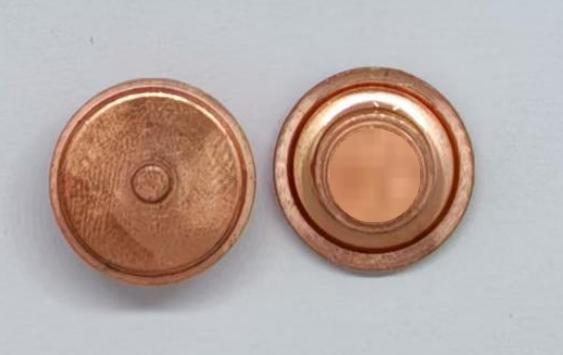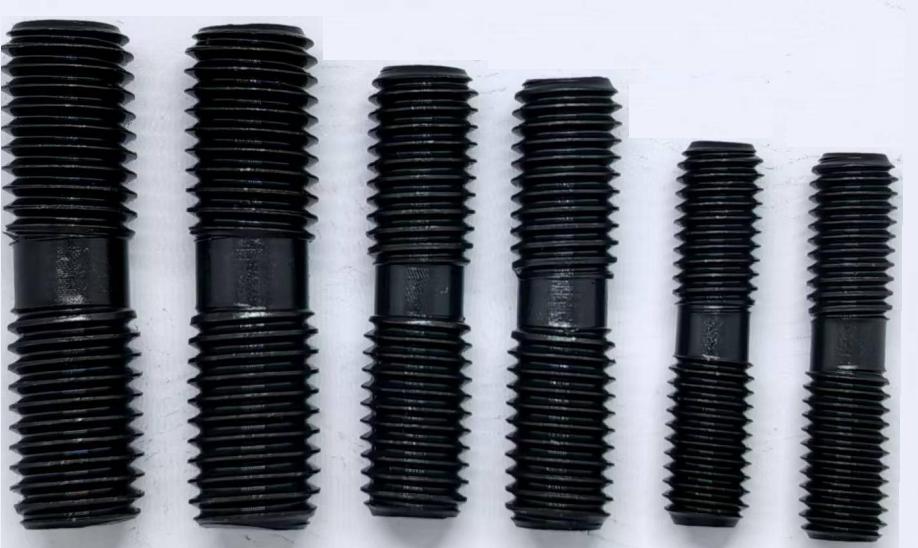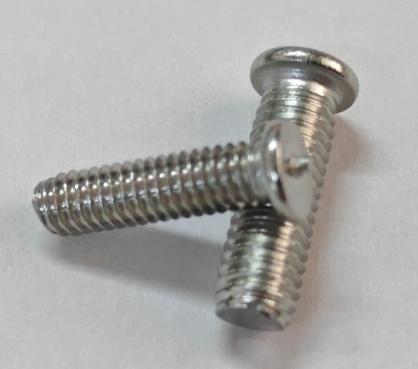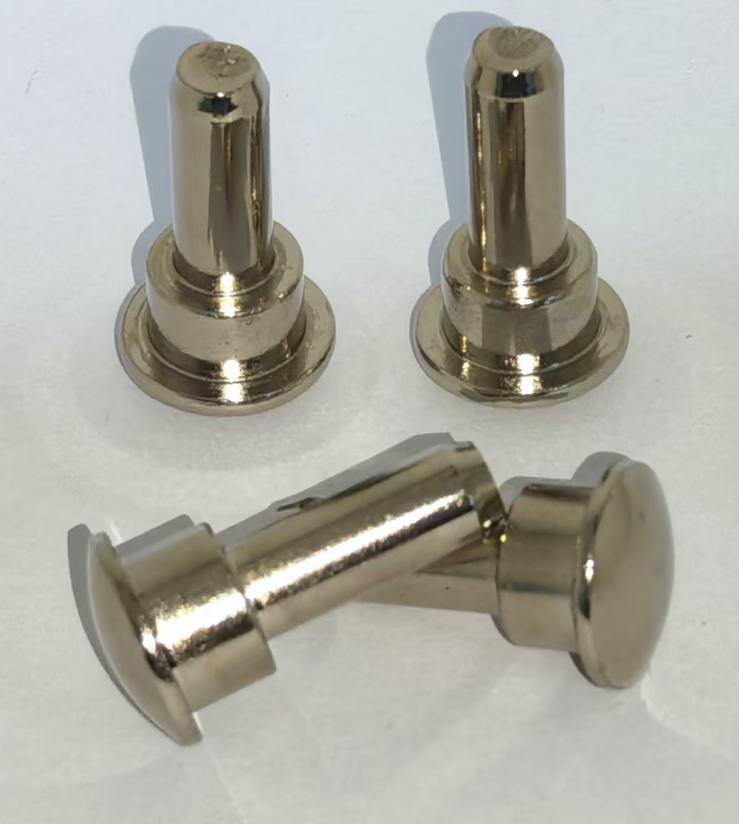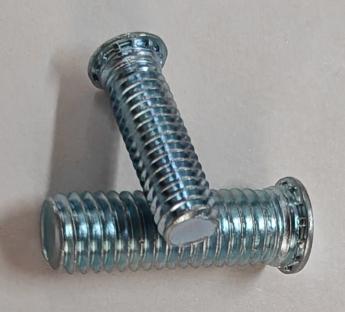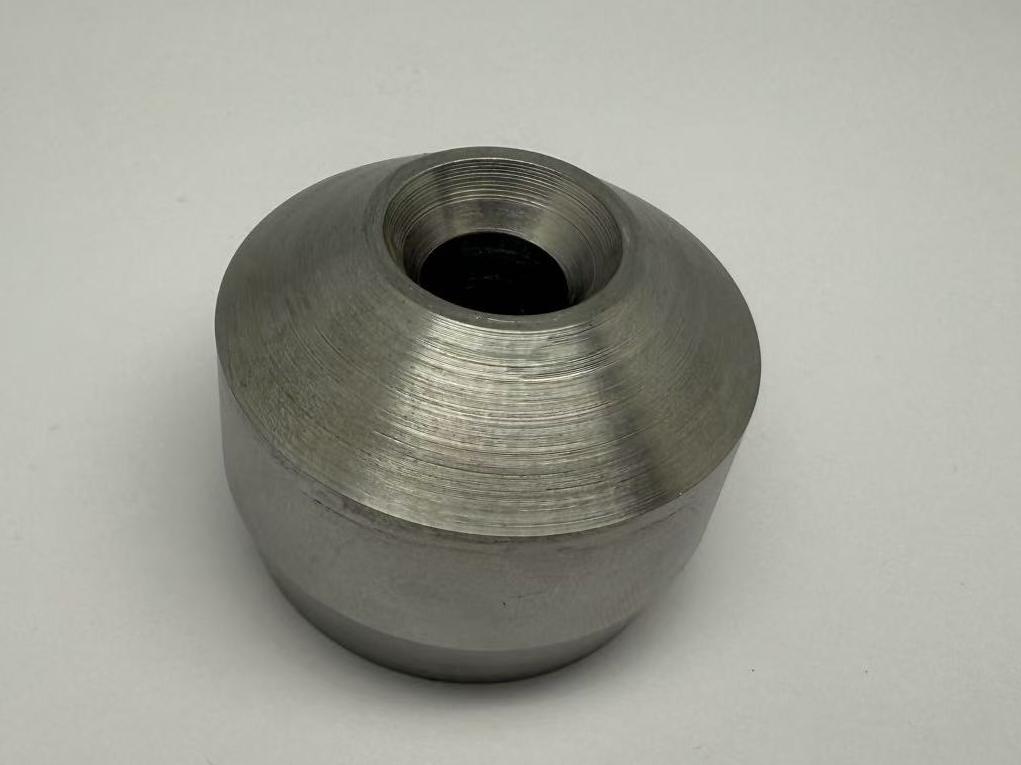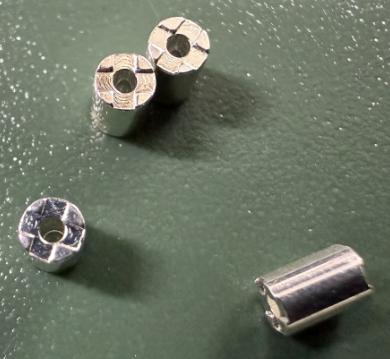How to Remove A Rusted Nut from A Bolt Effectively?
Rust can be the bane for any DIY project or maintenance chore, especially when it seizes nuts and bolts and makes them nearly hard to remove. Whether you’re working on a vehicle, household repairs, or any other project, knowing how to remove a rusted nut from a bolt effectively is a valuable skill. In this article, we’ll explore various techniques and tools that can help you tackle this challenging issue and the precautions during the removing process.
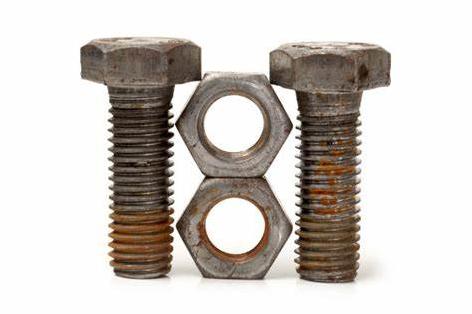
What are Various Techniques of Removing A Rusted Nut from A Bolt?
Penetrating Oil
Penetrating oil is a tried-and-true method for releasing rusty nuts. Apply a generous amount of penetrating oil to the corroded area, such as WD-40 or Liquid Wrench, and let it sit for at least 15-20 minutes. The oil will seep into the threads, dissolving the rust and making the nut easier to turn.
Heat the Nut
Heat can be used if the nut is very recalcitrant. Heat the nut, not the bolt, with a propane torch or a heat gun. The nut’s metal can be expanded to help loosen the rust’s grip. Expanding the metal of the nuts can help break the rust’s grip. After heating, try to turn the nuts with a wrench.
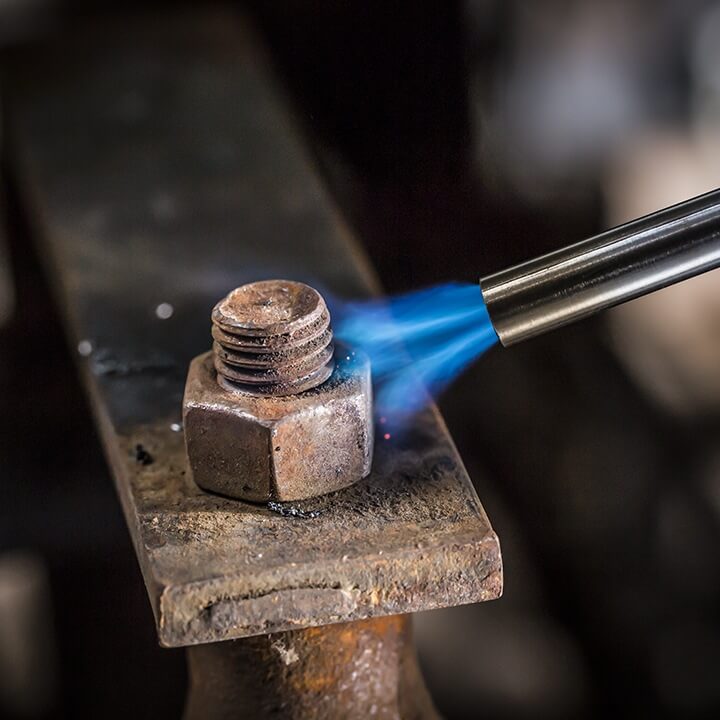
Impact Wrench or Pneumatic Tools
In order to loosen rusty nuts, use an impact wrench or pneumatic tools. These instruments deliver powerful bursts of torque that can often release the rust’s grasp. When using power tools, always wear adequate safety equipment.
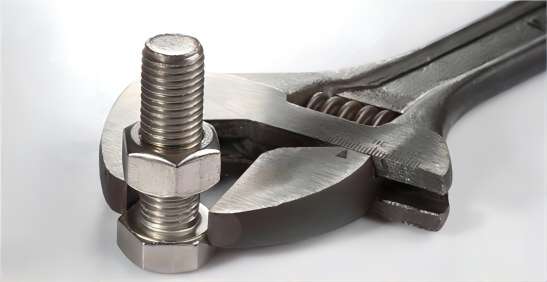
Vibration or Tapping
Mechanical vibration can sometimes aid in the removal of a rusty nut. You can gently tap the nut with a rubber mallet or a conventional hammer while twisting it with a wrench. This can assist loosen the rust’s grip on the threads.
Double-Nut Method
Thread one nut onto the bolt directly below the rusty nut if you have two similar-sized nuts. Then, tighten the two nuts together with a wrench. When you move the bottom nut counterclockwise, the added friction and pressure can typically help dislodge the corroded nut.
Use a Cheater Bar
A cheater bar is a length of tubing or a strong bar that you may fit over the end of your wrench to provide additional leverage. This extra leverage can help you spin a rusty nut that would otherwise be impossible to remove.
Thread Chaser or Die
If the threads are substantially broken, they may need to be re-cut using a thread chaser or die. This tool aids in the restoration of the threads on the bolt and can make removing the nut easier.
Cutting or Grinding
If the rusty nut will not budge and is replaceable, you can carefully cut or grind it off using a reciprocating saw or angle grinder. When doing so, take care not to damage the surrounding material.
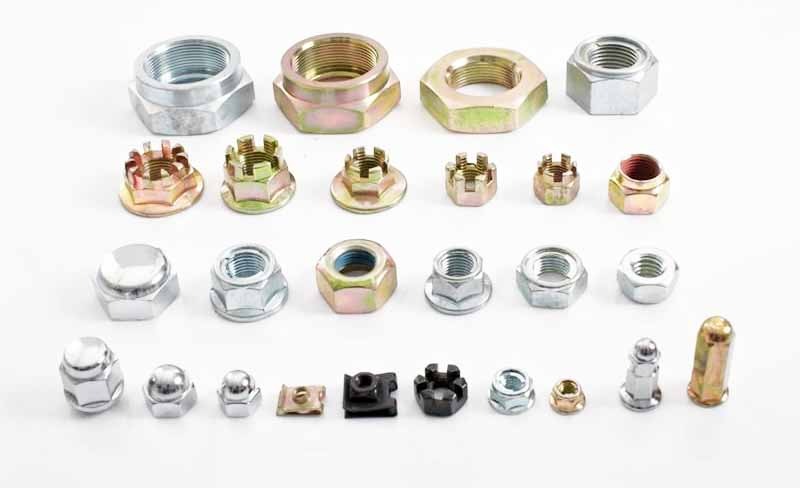
What are Precautions during the Process of Removing A Rusted Nut from A Bolt?
Removing a rusted nut from a bolt can be a difficult and even dangerous task. When working on rusted fasteners, take the following steps to safeguard your safety and reduce the chance of harm.
1. Wear Safety Gear
- Safety goggles: Keep your eyes safe from any debris, rust particles, or chemicals that may become dislodged throughout the operation.
- Work gloves: Prevent cuts and abrasions while improving grip.
- Ear protection: When working with power tools, use ear protection to protect yourself from excessive noise.
2. Use Proper Tools
Select the right tools for the work, such as the right size wrench, socket, or impact tool.
Before using a tool, check it for wear or damage.
3. Handle Heat Tools Carefully
Keep a torch or heat gun away from flammable materials when using them.
Be mindful of the hot metal surfaces, and use appropriate safety equipment to protect against burns.
4. Work in a Controlled Manner
Apply force gradually and in a controlled manner. Sudden, excessive force can lead to breakage or accidents.
5. Avoid Overexertion
If you encounter extreme resistance when trying to remove the rusted nut, consider taking a break and revisiting the task later with a fresh approach.
6. Inspect the Fasteners
Before reusing the bolt and nut, inspect them for damage or weakened threads. If they are compromised, replace them.
7. Dispose of Hazardous Materials Properly
Dispose of any dangerous materials, such as corroded nuts and bolts or chemicals used in the procedure, properly.
8. Seek Professional Help When Needed
If the rusted nut is part of a crucial system or if you run into problems, seek professional help to prevent inflicting further damage or jeopardizing safety.
Conclusion
Rusted nuts and bolts can be extremely frustrating to remove, but with the right tools and techniques, rust can frequently be successfully removed. When dealing with rusty fasteners, patience and caution are essential, since excessive effort might result in breakage or damage. To efficiently tackle this common problem, remember to utilize penetrating oil, heat, power tools, and novel solutions such as the double-nut method. During the process, always emphasize safety and take care to protect yourself from flying debris, hot metal, or chemicals.

